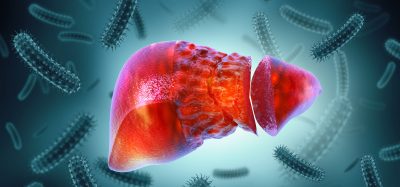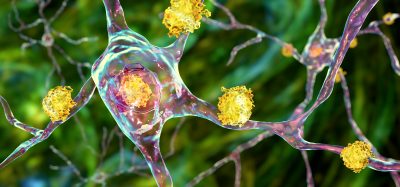Understanding Z-RNA structure could provide new treatments
Posted: 3 November 2023 | Drug Target Review | No comments yet
A $1.2 million grant has been given to observe how Z-RNA is formed and explore its benefits for various diseases.


Dr Quentin Vicens, University of Houston Assistant Professor of Biology and Biochemistry, has been awarded a $1.2 million grant from the National Institute of General Medical Sciences to uncover the mystery of Z-RNA, an RNA structure within cells that has a fundamental role in immune response.
Dr Vicens, collaborating with Dr Beat Vögeli, Associate Professor at the University of Colorado and co-recipient of the award, and their research teams, aims to understand how Z-RNA forms, how frequently it appears in our genetic material and what it means for proteins that are known to recognise this structure. To do this, the scientists are using RNA editing, where one letter in RNA is changed into another, which often occurs in conditions like cancer and infections and is linked to the presence of a unique protein part that can attach to Z-RNA.
Dr Vicens said: “Helices come in generally two ‘flavours.’ The typical formation is to the right. The one to the left is not stable, but it does occur in cells. Yet researchers do not yet truly understand how it is possible for this helix to occur in cells when it is not stable.” He continued: “We want to know what happens at the molecular level that causes this RNA structure to flip from one direction to another and then revert. Think of a staircase spiralling up to the right that one day spirals to the left.”
Nuclear magnetic resonance (NMR) methods, an expertise of Vögeli’s lab, will be utilised. NMR, which involves magnets and radio waves imaging the miniscule structures inside cells, will enable the scientists to observe how RNA changes from its usual form to the Z-form.
Vicens’ lab group is intrigued by cryo-electron microscopy that will allow them to view large groups of proteins and molecules frozen. They also will incorporate genomics, by investigating how natural modifications of cellular RNA affect whether Z-RNA is adopted in cells.
The research explores the science of RNA biology but offers promise for understanding and treating various diseases as well, such as Aicardi-Goutières syndrome, cancer, and autoimmune deficiencies.
“When RNA gets edited incorrectly, it can lead to these diseases, making it vital that we fully understand their function,” explained Vicens. “We hope that this work reveals how proteins and Z-RNA work together, potentially giving us new ways to diagnose or treat these illnesses.”
Related topics
Genetic Analysis, Nuclear Magnetic Resonance (NMR), RNAs
Related conditions
Aicardi-Goutieres Syndrome (AGS), autoimmune diseases, Cancer
Related organisations
University of Colorado, University of Houston








